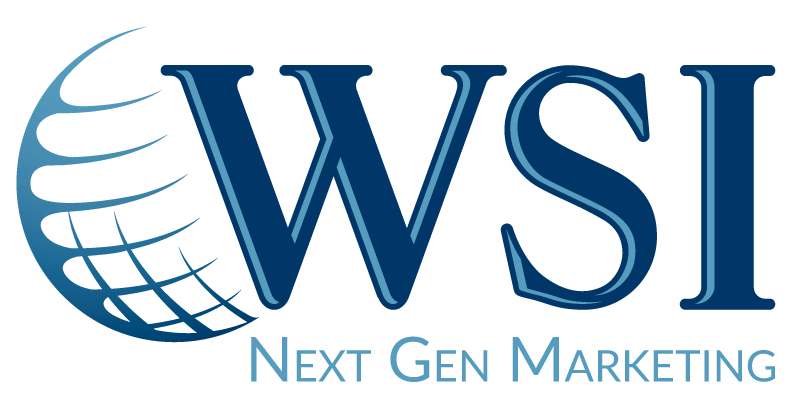Conversion rate optimization (CRO) is important for any business online. It’s the practice of optimizing your website to convert website visitors into qualified leads.
In digital marketing, driving traffic to your website is only part of the marketing equation. You have to engage your visitors in a way that transforms them into customers and subscribers. CRO takes a scientific approach to website optimization, allowing businesses of any size to increase the amount of revenue their sites generate.
What is Conversion Rate Optimization?
Competition in today’s business environment isn’t just fierce; it’s downright brutal.
A company without a CRO strategy is a sitting duck. Its revenue and growth rely on the whims of a target audience that may not be engaged enough to take an interest. Business websites are a tool that build visibility, credibility, and interest from potential leads, and a CRO strategy is key to achieving just that.
Your conversion rate is simply the percentage of people that visit a page on your website and take a desired action, such as filling out a contact form, subscribing to a newsletter, or purchasing a product. A high conversion rate indicates your website is well-designed and appealing to your target audience.
Conversion rate optimization is a process that looks at how visitors move through your website and the actions they take (or don’t take). This way, you can see what keeps website visitors from completing certain actions. Slow load times, broken links, or copy that doesn’t convey the value you have to offer are some of the reasons you may have a low conversion rate.
How To Optimize for Conversion Rate?
It’s crucial to optimize conversions for every page on your website, including the homepage, landing page, blog, and more. Homepages, for instance, are prime candidates for CRO. Most website visitors land on the homepage, providing your brand with an opportunity to make a great first impression and guide visitors to your product or contact pages.
Take a look at the analytics of your homepage and other landing pages. How long does a visitor stay on your page? What’s the bounce rate (number of visitors that leave immediately)? What actions are visitors taking on your landing pages?
Conversion rate optimization requires great website design. At a bare minimum, your website must be aesthetically appealing to visitors. This means it must be responsive on mobile devices and easily navigable. It’s also important to minimize distractions. While popups can urge visitors to take a specific action, they can also be annoying and dissuade visitors when they’re too many.
CRO also requires you to make your value proposition to be attractive and competitive. If people can’t tell in a few glances what you’re offering, then they’re unlikely to stay on your website long enough to take an action. Make sure prospective leads can easily understand:
- What your product or service does
- What value you can bring
- What makes your offer different
What works as a “good” conversion rate depends on a number of factors, including industry, business goals, marketing objectives, and how you compare with competitors in your niche. Work with a good web design company to determine how best to optimize your website for more conversions.

